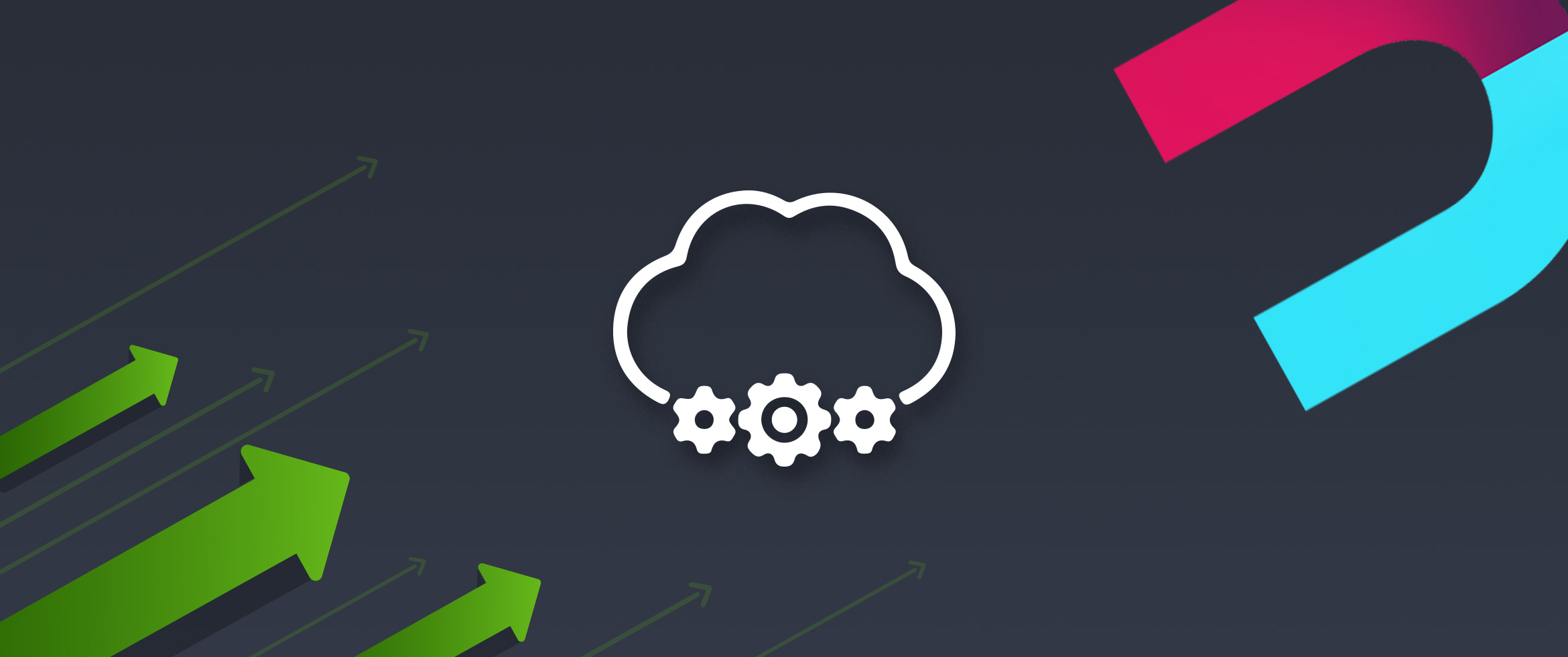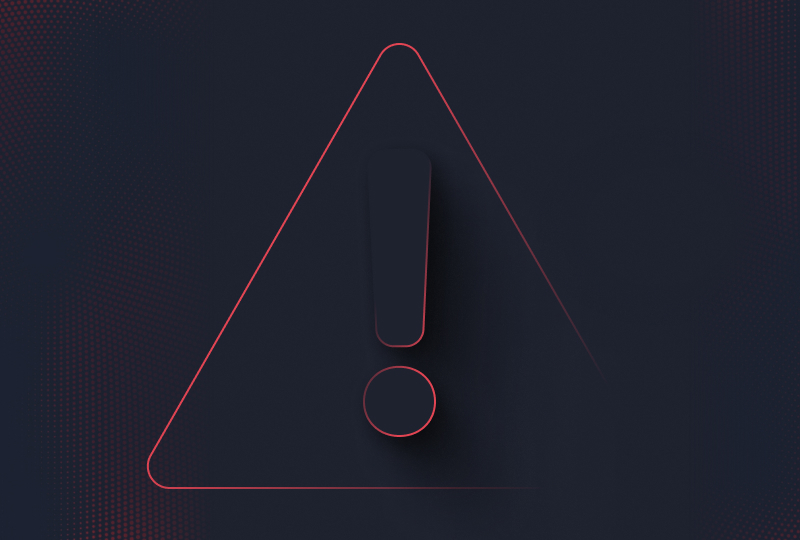2022-09-14

What is NRR in SaaS?

5 min read
Customer loyalty plays a significant role in a Software as a Service (SaaS) company’s success in that it helps generate money and can even increase the number of customers you have. What boosts customer loyalty? Having a strong customer success (CS) team. With positive CS interactions come happier customers and may even lead to a growing customer base. According to a Gartner study, customers who find value in a service interaction have:
-
An 82% probability of staying with a business when presented with the opportunity to leave
-
An 86% probability of increasing wallet share
-
A 97% probability of sharing positive information by word of mouth
Net revenue retention (NRR) is one way to track customer loyalty. In this blog, we will explain exactly what it is, how to calculate net revenue retention, and what a good NRR in the SaaS industry is so that you have a better understanding of what your company can measure to track its success.
What Does NRR Mean in SaaS?
Net revenue retention is a measure of recurring income (or revenue) that a business generates from existing customers over a set period of time. This number is generally presented as a percentage and is used to help you measure your company’s ability to keep their customer base and generate revenue from those customers. Finding this number allows SaaS companies to determine whether they have succeeded at maintaining and generating revenue from their existing customer base.
You might be wondering, Is net dollar retention the same as net revenue retention? The answer is yes. Net dollar retention (NDR) is typically used in the United States since the dollar is the US’s form of currency, but NDR and NRR measure the same thing.
In terms of what this number means for you, it gives you an idea of how satisfied your customers are with your services. Not only does finding your NRR show you how your company is performing financially, it serves as a reminder that forming relationships with your customers matters. Instead of waiting until something goes wrong to connect with your customers, give them the service they desire throughout their entire journey with you. By doing so, you show them that you care, and they will be more likely to stay loyal to you. With that loyalty comes increased revenue.
To learn more about NRR and why it matters, check out this webinar.
How Is NRR Calculated in Saas?
To calculate NRR, you will first need to decide the period of time you would like to look at. You can choose either monthly or annually. From there, you will have to find the recurring revenue for whichever one you choose. If you elect to use revenue for the month, your equation would look like this:
Monthly Recurring Revenue (MRR) = Number of Annual Customers X Average Monthly Revenue Per Customer
If you choose to go by the year, you would multiply your MRR by 12. Written out completely, the equation looks like this:
Annual Recurring Revenue (ARR) = Number of Annual Customers X Average Monthly Revenue Per Customer X 12
Once you have one of these numbers, you will plug it into this net revenue retention rate formula:
NRR = (Beginning ARR or MRR + Upsells - Downgrades - Churn) / (Beginning ARR or MRR)
It is important to note that the NRR may change depending on whether you choose to calculate it using ARR or MRR. This disparity is most noticeable if you calculate NRR using an MRR from a month that had either above or below average upsells, downgrades, or churns. Keeping this in mind is important when using NRR to measure your business’s success.
Once you find your NRR, you might wonder what it means. Specifically, what is a good NRR in SaaS? The net revenue retention benchmarks vary slightly depending on the size of your company. If you work for a large one, you have a good NRR if it is over 100%. For small and mid-sized ones, you have a good rate if it’s between 90-100%. Is your NRR lower than that? Planhat can help you with your customer relationships and, in turn, boost your NRR.
Improve NRR With Planhat
The first step to improving your net revenue retention is to build relationships with your customers. Your CS team works as an extension of your sales team, satisfying customers so that they will stay loyal to your company, and creating actionable insights to identify expansion opportunities. Planhat offers your CS team the tools they need to succeed. Our platform gathers customer data from across systems into one place so that you can make more informed action plans. From there, you can set up automatic reminders of important points in a customer’s journey so that you know when to reach out to them. You can even improve the customer’s overall experience with your company using our tools to:
-
Create profiles
-
Conduct surveys
-
Analyze product data
-
Combine your findings into dashboards and charts
Ready to see how our platform works? Request a demo today and start down the path of measuring and boosting your NRR!
Join our newsletter!
Receive the latest news, updates, and invitations to our events.
Being data-driven, are we there yet?
Being data-driven should be standard nowadays, but many organizations still struggle with it. Every company wants to be data-driven, but putting it into practice is the tough part.
How to transition from a cost center to a profit center in CS
Many in CS shy away from the commercial aspects of the business, but it's a missed opportunity to keep the conversation moving around maximizing and driving value for customers.
It's worth the risk: Identifying and managing risk in CS
When faced with risk in CS, it’s hard to know what the first step should be. We've developed an actionable plan based on experience from three CS experts.
Learn more about
Planhat
Drop your email and let us show you our platform!











